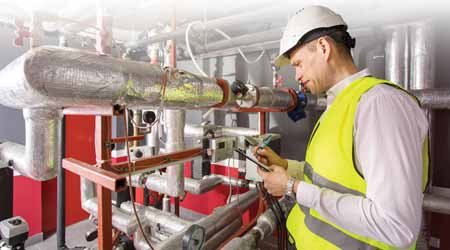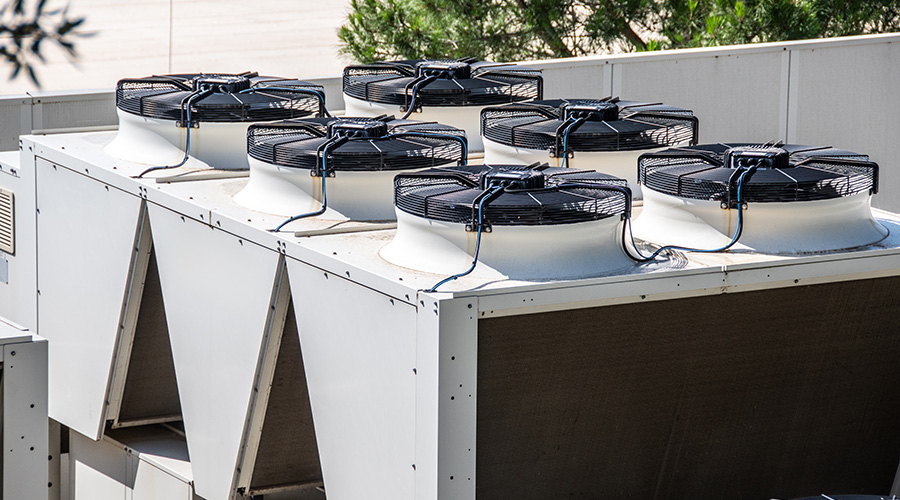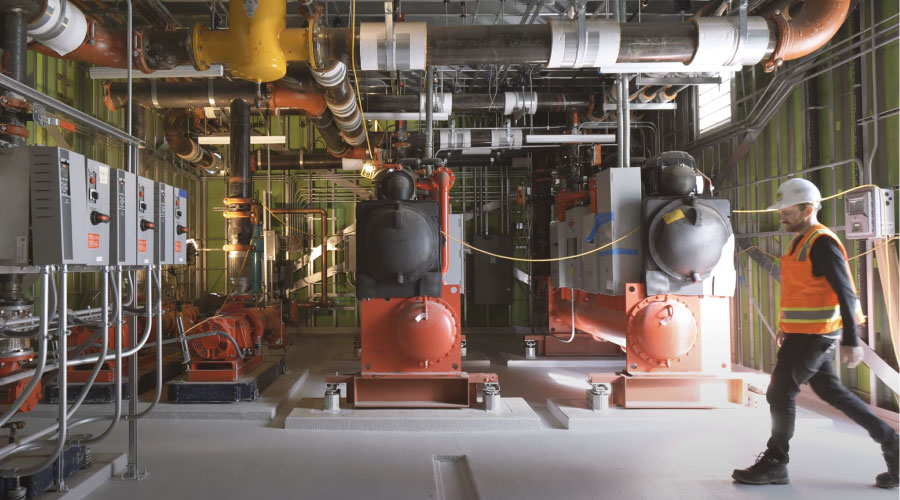How to Determine Emergency Heating Needs
Emergency heating considerations include determining facility needs and understanding equipment options
Heating systems in institutional and commercial facilities have an almost mystic ability to determine the worst possible time to fail. When they do, maintenance and engineering managers feel the pressure to get things back to normal. Those who have succeeded in getting through these failures typically had a plan in place well before the failure occurred. The best solution for emergency heating is to avoid the need for it.
While it might seem that heating system failures are random, the reality is that most are not. As with most building mechanical and electrical systems, heating systems provide subtle warnings. Increased maintenance requirements, the need for constant adjustments and bypass controls, and a system age that is past the rated service life all are early warning signs of increasing chances for system failure.
The first step in any program addressing emergency heating is to know the installed equipment and its condition. The goal is to avoid having technicians receiving a call in the middle of night that the heat has failed in an area and have them not know the system that serves that area or where it is located.
Managers and technicians need an up-to-date inventory of heating components and their location, the areas they serve, the type of system, and their general condition. This inventory should include systems serving critical areas where the loss of heat could damage piping or disrupt the operations being conducted. Having this information not only will allow faster response. It also will give managers valuable information in prioritizing system replacements.
Temporary options
Managers have a number of options when it comes to providing temporary heat to building spaces. The most common options are direct-fired heaters, indirect-fired heaters, electric heaters and portable heat pumps. Each has advantages and limitations, and not all are suited for use in all areas.
Direct-fired heaters are the most efficient type of temporary heat available, typically operating at nearly 100 percent efficiency. They operate by drawing air from a space across an open flame and directing it back into the space. Direct-fired heaters can use kerosene, propane, natural gas, or diesel fuel with a capacity of 20,000-1,500,000 Btu per hour.
The biggest drawback of direct-fired heaters is that managers cannot use them in enclosed spaces. As a result of the combustion process, the units produce carbon monoxide and require adequate ventilation to prevent dangerous buildups. They are best suited for use in open spaces, such as construction sites.
Indirect-fired heaters burn propane, natural gas, or diesel in an enclosed combustion chamber. A heat exchanger indirectly heats air that is drawn by a fan into the unit, either from the space or from the outside. The unit ducts the heated air to the space, and it ducts the exhaust from the combustion to the outside.
These heaters require electricity to operate and are not as efficient as direct-fired units. Since the heaters duct all combustion gases away from the occupied space, they are well-suited for use in enclosed spaces. Units are available in capacities of 100,000-1,000,000 Btu per hour.
The biggest drawbacks of indirect-fired heaters are the need to duct exhaust gases to the outside and to duct the heated air to the area requiring heat.
An electric system offers managers a no-combustion alternative to direct and indirect heaters. Electric systems come in two basic configurations — forced air and radiant. All produce heat by passing a current through an electrical coil. Forced-air systems then use a fan to distribute heat to the space. Units are available with capacities of 30,000-500,000 Btu per hour. Radiant systems have no fan and heat the surfaces in the space through radiant energy. These systems are primarily used for spot heating and have much lower heating capacities.
Forced-air and radiant electric heating systems offer the advantage of being usable practically anywhere if sufficient electricity is available. The units do not use compustin and produce clean heat with no emissions. They are available for use on 120-, 208-, 230-, and 460-volt circuits, allowing their use in a range of applications.
The biggest drawbacks of electric systems are their cost of operation and their need for power. Electric heaters are the most expensive form of temporary heat. Larger heaters operate at higher voltages and currents that might not be available where the units need to be installed, requiring the installation of temporary electric service.
Portable heat pumps are another form of temporary electric heat that is growing in availability. These pumps operate in the same manner as spot cooling units, only in the opposite direction. Instead of providing cooled air to the conditioned space and rejecting heat to the outside, the units direct heat to the building’s interior and duct the cooled air to the outside.
Most portable heat units run on 120- or 240-volt circuits and have capacities up to 100,000 Btu per hour. Larger systems are available as split systems rather than being self-contained, and many can be used as spot cooling units during the cooling season.
Portable heat pumps offer the same advantages of other electric temporary heating units — no combustion or emissions. They offer the additional advantage over other electric heating systems of being much more efficient and economical. A typical portable heat pump requires only one-third of the energy that other electric heating systems need to produce the same quantity of heat.
The biggest drawback of portable heat pumps is their drop in operating efficiency as outside temperature falls. Once outdoor air temperatures reach 35-40 degrees, the efficiency of the heat pump is not much better than that of straight resistance heating.
Related Topics:














